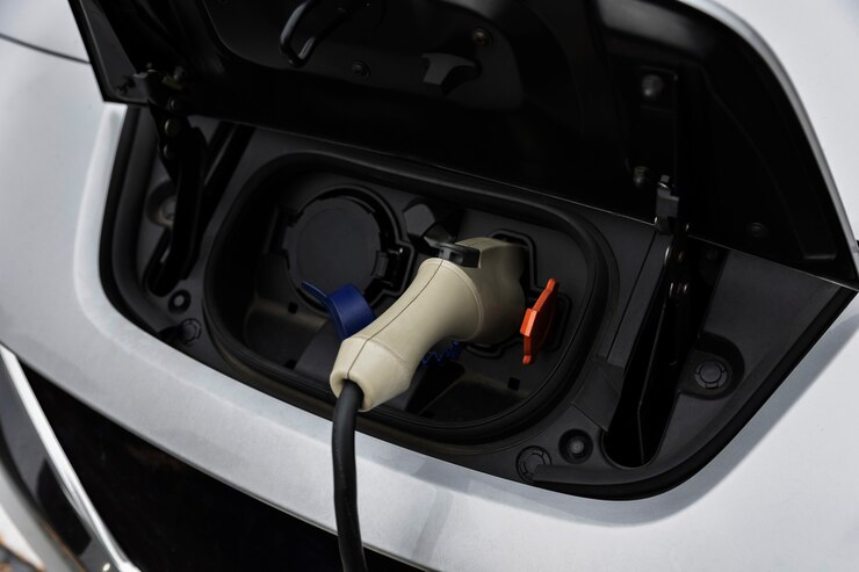The rumble of an engine, the whirr of an alternator – these are sounds synonymous with traditional cars. But step into the world of electric vehicles (EVs), and you’ll find a different kind of symphony – a silent glide powered by electricity. One key difference might jump out: the absence of the familiar alternator. So, why don’t electric cars need this seemingly crucial component?
Understanding the Alternator’s Role:
In gasoline-powered vehicles, the alternator plays a vital role. It’s essentially a mini-powerhouse, converting the engine’s mechanical energy into electricity. This electricity powers the car’s electrical systems – headlights, radio, wipers, and yes, even charging the battery to some extent.
EVs: A Different Power Source, a Different Approach:
But here’s the catch: electric cars don’t have engines that spin, burn fuel, and create mechanical energy. They rely on large battery packs, which store and deliver electrical energy directly to the electric motor. This eliminates the need for an alternator altogether.
Why an Alternator Wouldn’t Work in an EV:
Even if we installed an alternator in an EV, it wouldn’t be a magic solution. Remember, the alternator needs mechanical input to generate electricity. In an EV, the only source of “mechanical” energy is the electric motor itself. So, essentially, we’d be using battery power to spin the alternator, which would then generate some electricity…but at a loss! The conversion process wouldn’t be 100% efficient, and we’d end up using more energy than we create. It’s like trying to fill a bucket with a leaky hose – pointless and wasteful.
Regenerative Braking: The Eco-Friendly Alternative:
Instead of relying on an inefficient alternator, EVs have a more clever solution – regenerative braking. When you slow down or brake, the electric motor acts as a generator, converting the car’s kinetic energy back into electricity. This electricity is then fed back into the battery, topping it up and extending your range. It’s a win-win: you save energy and reduce wear on your brakes!
Beyond Braking: More Ways to Charge:
Of course, regenerative braking isn’t the only way an EV gets its juice. The main source is external charging, where you plug the car into a charging station or outlet. This replenishes the battery for continued driving. Some EVs also have features like solar panels on the roof, which can contribute a small amount of additional charge during the day.
Benefits of Ditching the Alternator:
The absence of an alternator in EVs brings several advantages:
- Improved Efficiency: No energy loss through conversion means more range for your battery.
- Reduced Complexity: Fewer moving parts translate to lower maintenance costs and lighter weight.
- Enhanced Performance: Regenerative braking can improve braking feel and add a dynamic element to driving.
- Environmentally Friendly: Reduced energy consumption and cleaner operation contribute to a greener footprint.
The Future of Electric Cars:
As EV technology continues to evolve, we can expect even more efficient and innovative ways to manage battery power. While alternators might be a thing of the past in this electric revolution, the journey towards cleaner and more sustainable transportation is just beginning. So, buckle up, listen to the quiet hum of the electric motor, and enjoy the ride!

